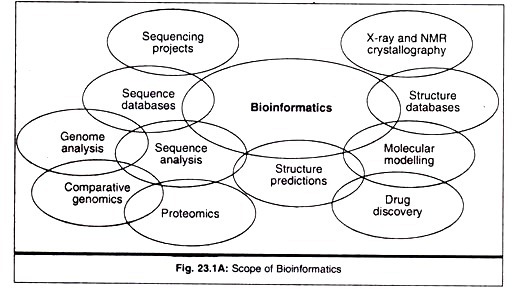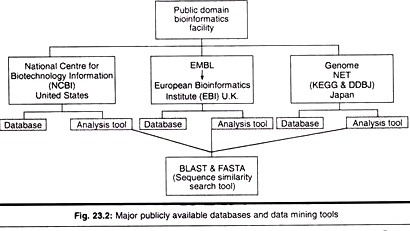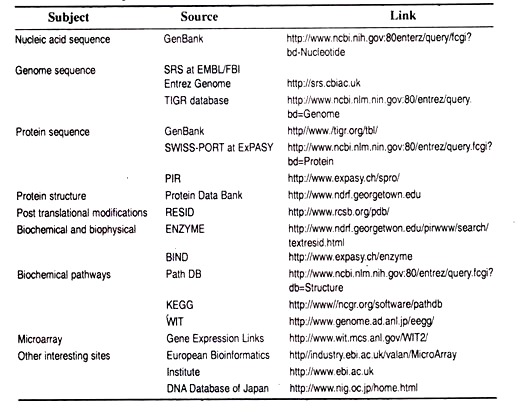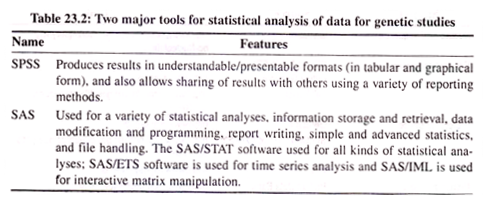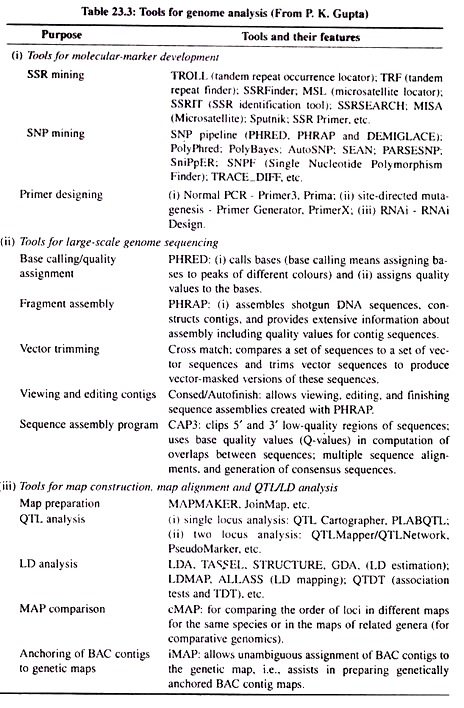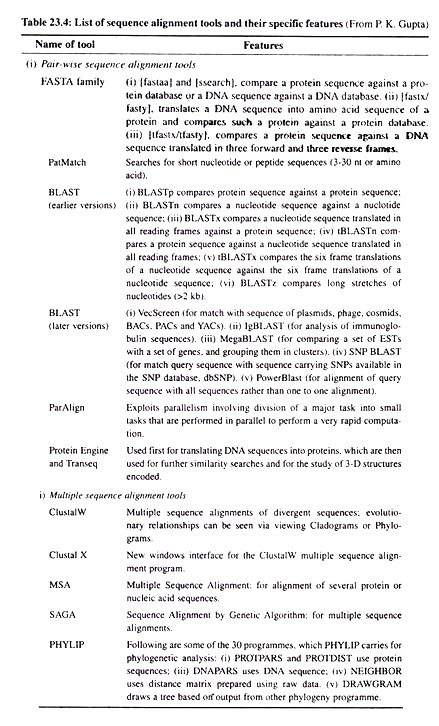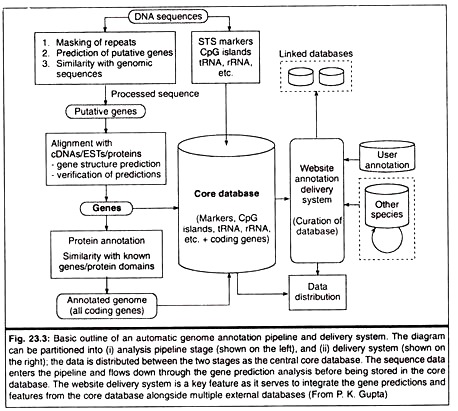The below mentioned article provides an essay on bioinformatics.
Bioinformatics is currently defined as the study of information content and information flow in biological systems and processes. It serves as the bridge between observations (data) in diverse biologically-related disciplines and the derivations of understanding (information) about how the systems or processes function and subsequently the application (knowledge).
Though Hwa Lim, Father of Bioinformatics, coined the word ‘bio-informatique’ in 1987, but Temple Smith used the term ‘Bioinformatics’ in 1991.
In Silico Biology, a new area of Biology has been developed in recent years because of generation of data in the field of genetics at an unprecedented exponential rate; the management and use of which requires the increasing use of computers and the relevant software.
Computational Biology, another term often used interchangeably with bioinformatics, although the former typically focuses on algorithm development and specific computational methods, while the latter focuses more on hypothesis testing and discovery in the biological domain.
Systems Biology, another area of research, emerged due to availability of enormous amount of molecular data and bioinformatics tools creating unprecedented opportunities to assemble and integrate this data into networks of genes, proteins and biochemical pathways.
Bioinformatics involves collection, storage, retrieval and analysis of biological data that has a lot of applications in pharmaceutical, agricultural and food industries, and in molecular genetics research.
Biological data are generated from various genome sequencing projects, obtained by different techniques like DNA sequencing (genome and EST), 2D gel electrophoresis, mass spectroscopy (MS, MALDI, LC-MS), protein crystallization, microarrays (e.g., cDNA, oligos, peptide), molecular markers (e.g., RFLP, RAPD, AFLP, SNP).
Thus bioinformatics is an interface of biological sciences, mathematics, physical sciences and computer sciences, i.e., the integrated field of biology and information technology.
Scope and Areas of Bioinformatics:
The scope of bioinformatics has been depicted in Fig. 23.1 A.
The subject bioinformatics is based on the following areas (Fig. 23.1B):
Genomics:
Whole genome analysis and sequences; experimental analysis involving thousands of genes simultaneously.
Transcriptomics:
DNA chips and array analysis; expression arrays, comparative analysis between species and strains.
Proteomics:
Proteome analysis of an organism.
Metabolomics:
Analysis of different types of metabolite molecules.
Pharmacoinformatics:
Medical application to genetic diseases.
Chemoinformatics:
Other application as in forensic.
Bioinformatics Institutes, Website, Database, Tools:
Institutes:
Major public domain bioinformatics facilities are (fig. 23.2):
(a) NCBI- National Centre for Biotechnology Information, USA
(b) EBI – European Bioinformatics Institute, UK.
(c) SIB – Swiss Institute of Bioinformatics, Switzerland.
(d) Genome NET (KEGG & DDBJ), Japan.
Websites:
Some important websites commonly used for bioinformatics are depicted in Table 23.1.
Table 23.1: Some important websites commonly used for bio-formatics
Databases:
Bioinformatics is involved in storing the sequence information in different nucleic acid and protein databases which can be assessed by people all over the world through network technology.
Protein databases:
The major protein databases are:
PDB, SWISS-PROT, PROSITE, ExPASy, PIR, PRINTS, BLOCKS, PRODOM, Pfam, Inter Pro.
Nucleic Acid Databases:
The major nucleic acid databases are:
GenBank, DDBJ, Ref Seq, dbEST, NDB, CSD, EMBL.
Tools for Genetic Studies:
In order to deal with molecular data, a wide range of soft-wares are now available which facilitated analysis of data in user-friendly manner.
These tools are classified into four classes:
1. Statistical analysis tools (Table 23.2)
2. Genome analysis tools (Table 23.3)
3. Sequence alignment tools (Table 23.4)
4. Genome annotation tools (Fig. 23.3).
